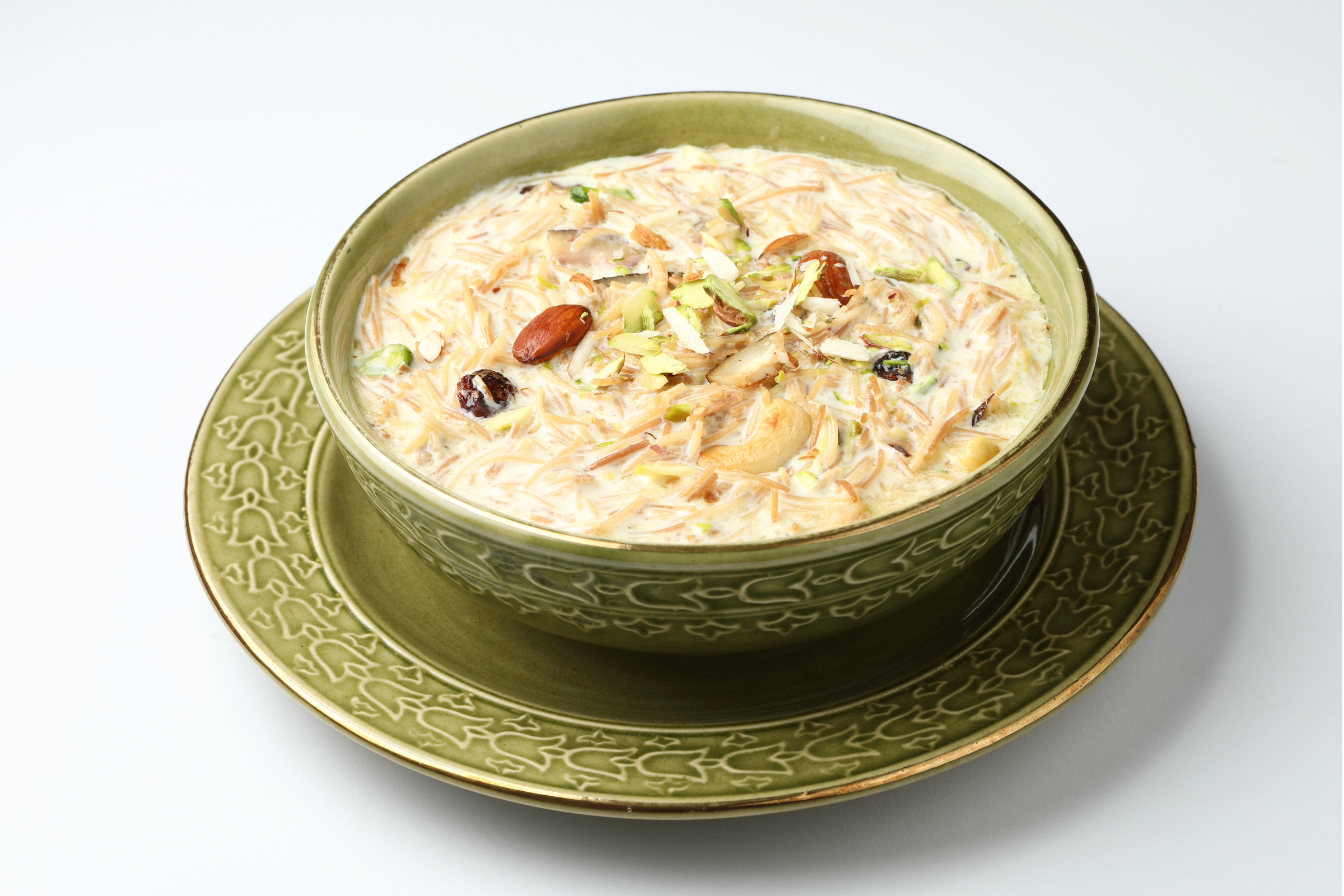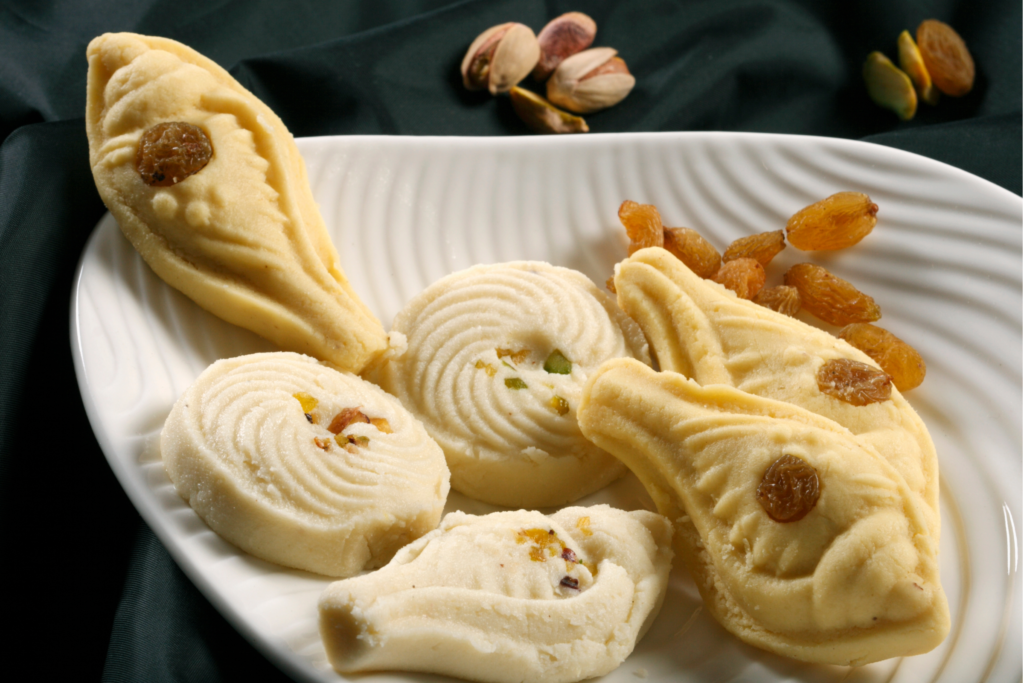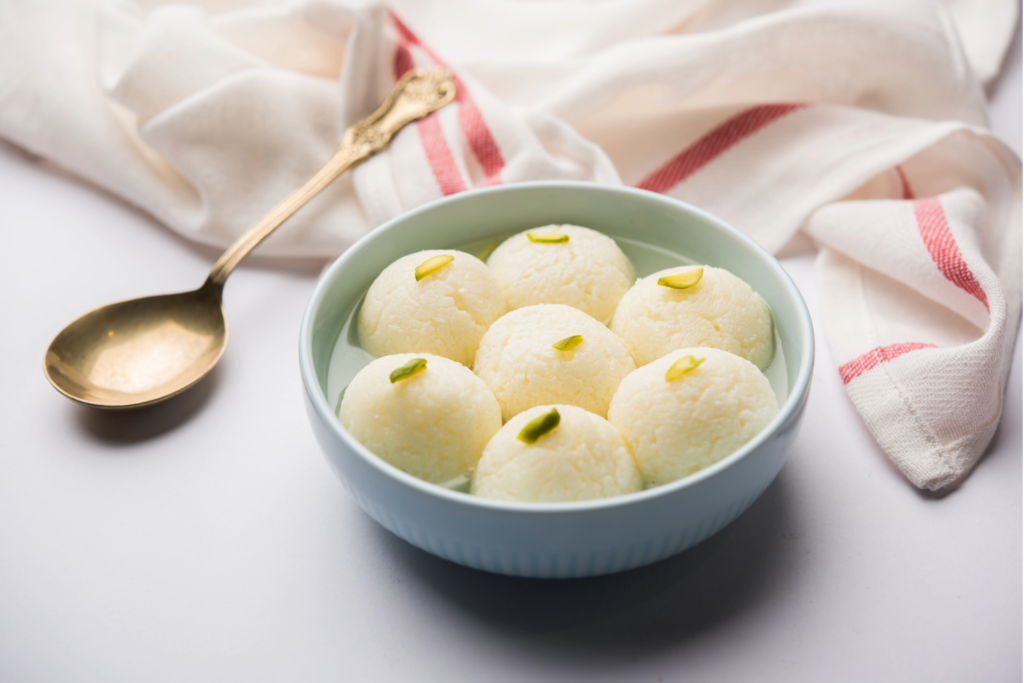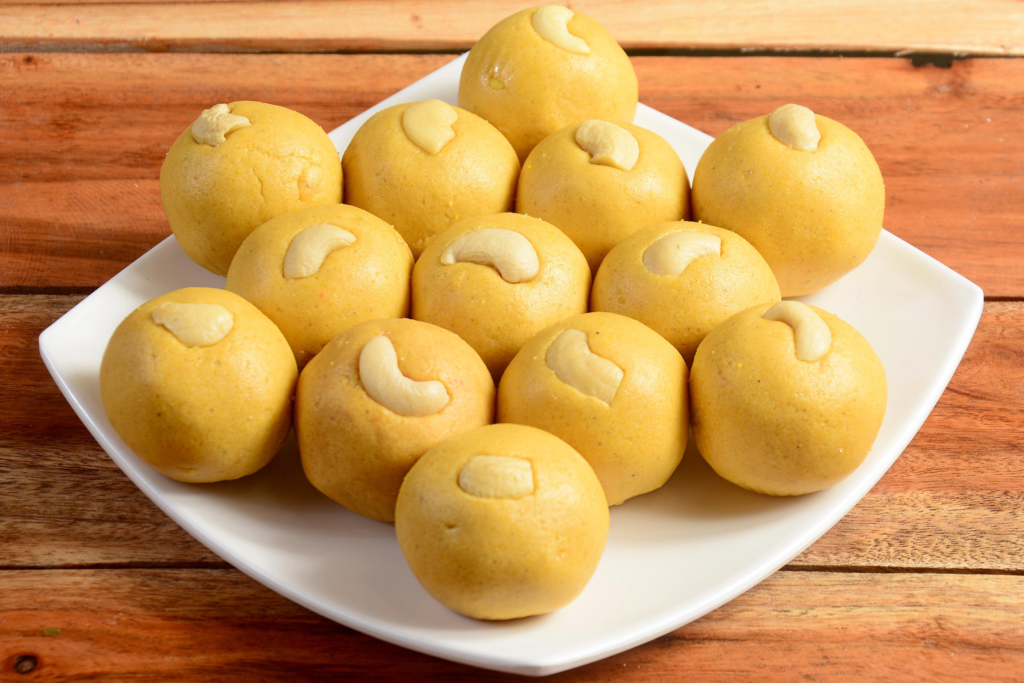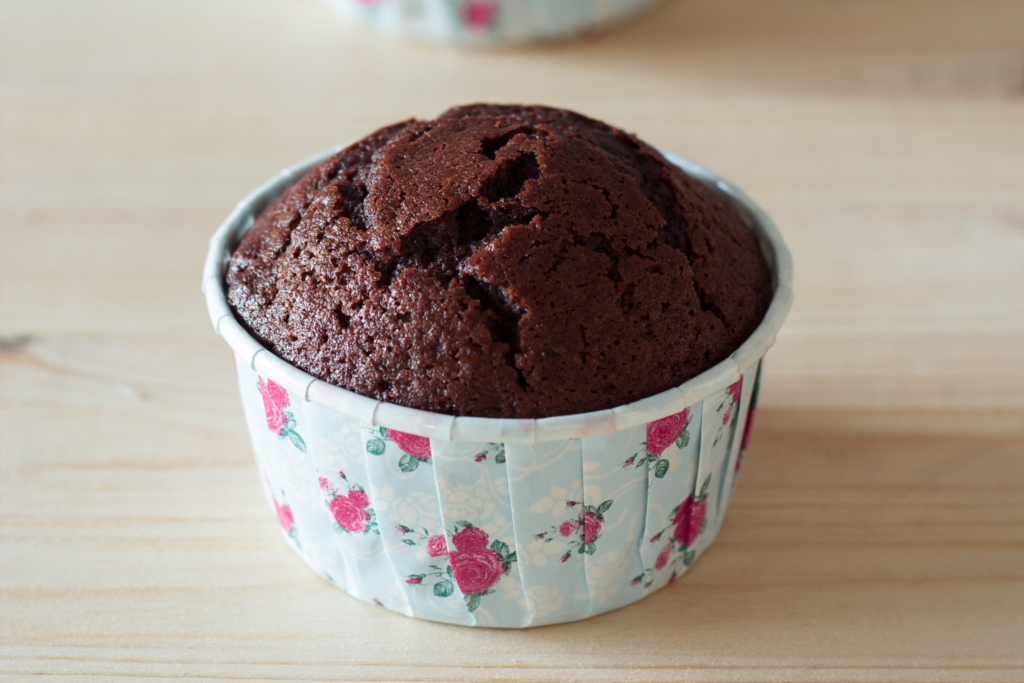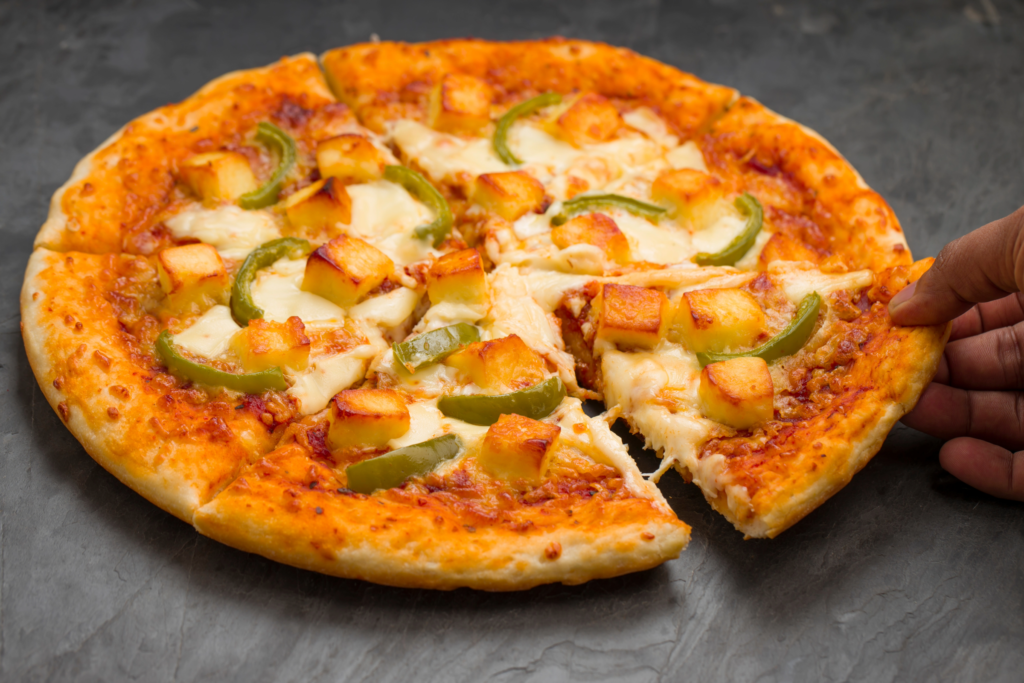Introduction:
Welcome to the world of delectable Indian cuisine, where every dish is a harmonious blend of flavors, spices, and cultural heritage. Today, we invite you to explore the exquisite taste of Kshirannamu, also known as Paravannam, a traditional South Indian dessert that has delighted palates for generations. In this user-friendly guide, we’ll reveal the secrets of crafting Kshirannamu in your own kitchen, allowing you to savor not just a dessert but a culinary journey.
Why Kshirannamu/Paravannam?
Before we dive into the recipe, let’s uncover the reasons why Kshirannamu holds a special place in South Indian cuisine. This dessert is a symphony of simplicity and decadence, combining the creamy richness of milk, the sweetness of jaggery, and the subtle aroma of ghee.
Kshirannamu is more than just a sweet treat; it’s a cultural celebration on a plate. It’s a dessert that graces auspicious occasions, festivals, and family gatherings. The combination of rice, milk, and jaggery results in a velvety, fragrant delight that captivates your senses.
What Sets Our Recipe Apart?
You might be wondering why you should make Kshirannamu/Paravannam at home when it’s available in sweet shops. The answer is simple: homemade Kshirannamu allows you to control the quality of ingredients, the level of sweetness, and the richness of flavors.
Our user-friendly Kshirannamu/Paravannam recipe ensures that you can recreate this classic dessert effortlessly. We’ll guide you through each step, share tips, and provide insights to ensure your Kshirannamu turns out as creamy and delightful as it should be. Whether you’re an experienced cook or new to South Indian sweets, our recipe is designed to guarantee your success.
Join Us in the Kitchen
Throughout this guide, we’ll provide easy-to-follow, step-by-step instructions to make your Kshirannamu/Paravannam-making experience enjoyable. So, gather your ingredients, and let’s embark on a culinary adventure that will fill your kitchen with the enticing aroma of milk and ghee. Let’s create a bowl of Kshirannamu/Paravannam that’s not just a dessert; it’s a tribute to tradition, a symphony of flavors, and a culinary masterpiece that will leave you craving for more.
